Inside Istanbul’s Cinili Hammam: history, luxury, and a must-visit museum
History, culture and a really good massage combine at this new hamman in the Zeyrek quarter.
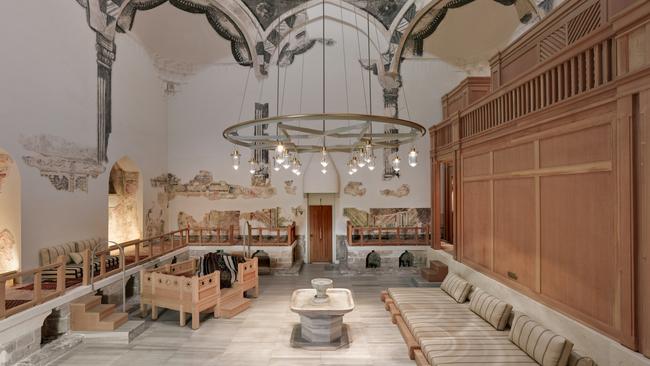
So rich is Istanbul in historic buildings of every stripe, especially Byzantine churches and colonnaded cisterns, Ottoman mosques, palaces, fortresses and grand waterfront mansions, that it’s easy to overlook another of the city’s defining cultural institutions – the hammam, or bath house. Or was, until last year’s reopening in the city’s UNESCO-listed Zeyrek quarter of the glorious 16th-century Cinili Hammam.
The Turkish bath may date back to the Romans but it was the Ottoman Turks who truly made the tradition their own, adorning their great capital on the Bosphorus with about 15,000 often majestic bath houses. Enough have survived, famously the ones patronised by the Sultans’ families at Cemberlitas and Cagaloglu, to ensure the hammam remains one of Istanbul’s quintessential visitor experiences. That said, it is an experience that has too often been one to endure rather than enjoy as over-enthusiastic masseurs batter and bend their charges before subjecting them to a flaying politely described as a skin rub.
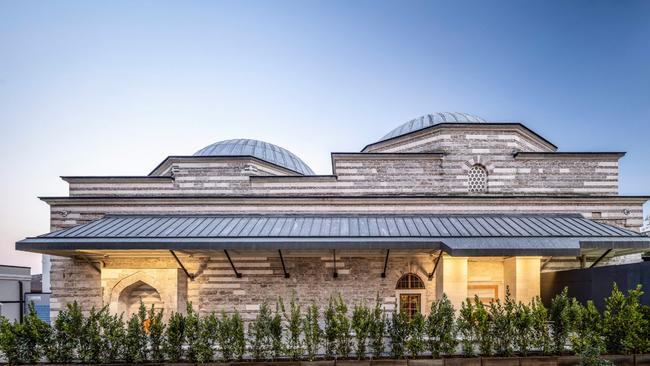
Enter the wellness movement, which in transforming the international spa scene over the past decade has done much to refine Istanbul’s hammam culture, as noted restorations such as the Kilic Ali Pasa Hammam in the Karakoy district demonstrate. But the Cinili Hammam, commissioned in the 1530s by Barbaros Pasha, admiral of the Ottoman navy, takes the experience to another level, serving as it does not only as an exceptionally elegant and luxurious bath house but as the city’s only museum of hammam culture.
What’s further distinguishes the Cinili is its remarkable backstory, as museum manager Beril Tanyeli explains.
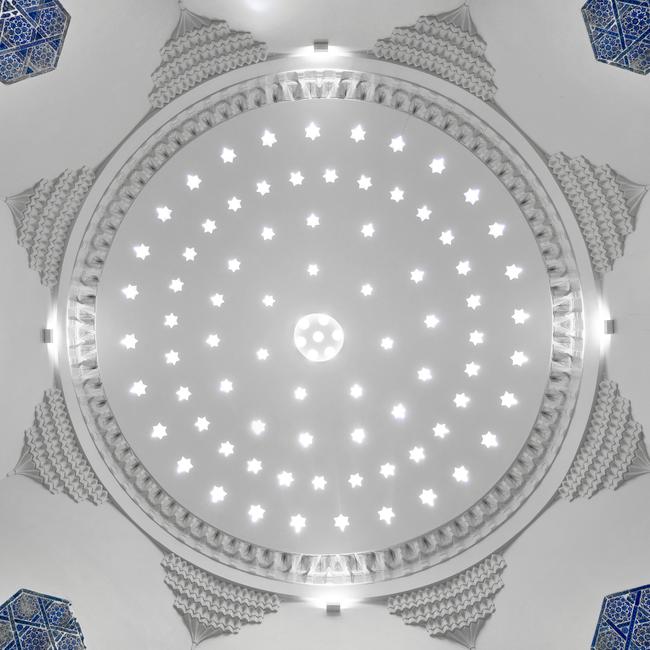
“The hammam’s name means ‘tiled’, but we did not properly understand why until we began work on the dilapidated building back in 2011,” says Tanyeli. Five panels of precious tiles from Iznik, the great Ottoman ceramic centre, were discovered on the walls of the men’s hot room. Ensuing investigations revealed that the original hamam complex had been extensively covered in the signature blue and white tiles, richly decorated in floral motifs, until the 1870s. It was then that a savvy French antiques dealer, keenly appreciative of collectors’ growing interest in Iznik ceramics, arranged to buy the tiles as a job lot. “Iznik tilework, at its artistic height in the 16th century, was commonly used to decorate great mosques and palaces,” says Tanyeli. “But it’s rare if not unique to find it in hammams. The surprise was the Cinili’s archaeological and historic significance, which explains why a project that was meant to take just three years ended up taking 13.”
Much of the work was devoted to collecting and cataloguing the 2956 fragments of tile discarded during what was evidently the rather less painstaking process the hammam underwent in the 1870s, when its walls were stripped of an estimated 10,000 tiles; exhaustive research by Istanbul ceramicists and art historians has established that much of the haul was sold on to enhance world-class collections at museums, including the V&A in London, the Ashmolean in Oxford and the Louvre in Paris. That the absence of so many beautiful tiles does not matter is a measure of the Cinili museum’s success in displaying the fragments to spectacularly imaginative effect alongside interpretive wall panels as the museum’s centrepiece.
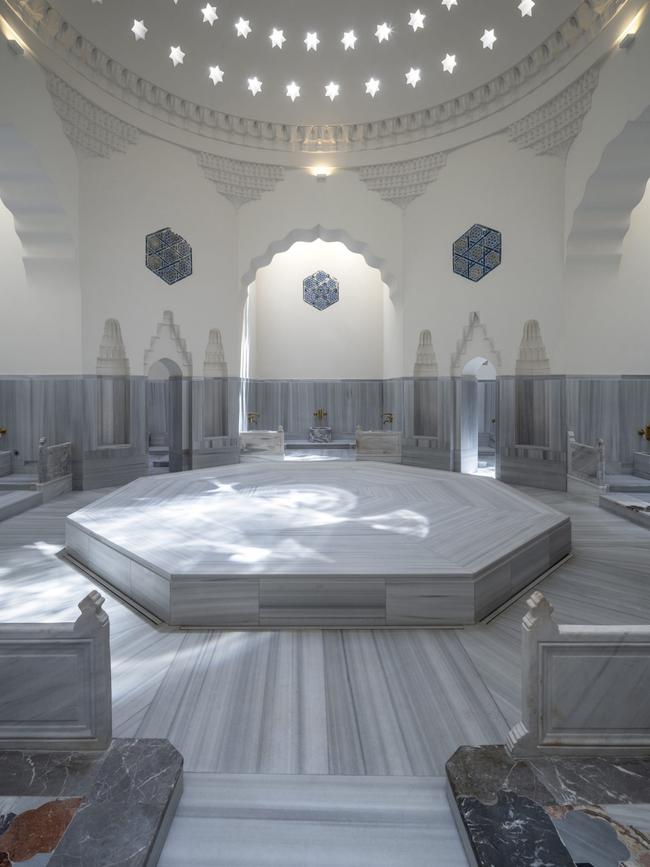
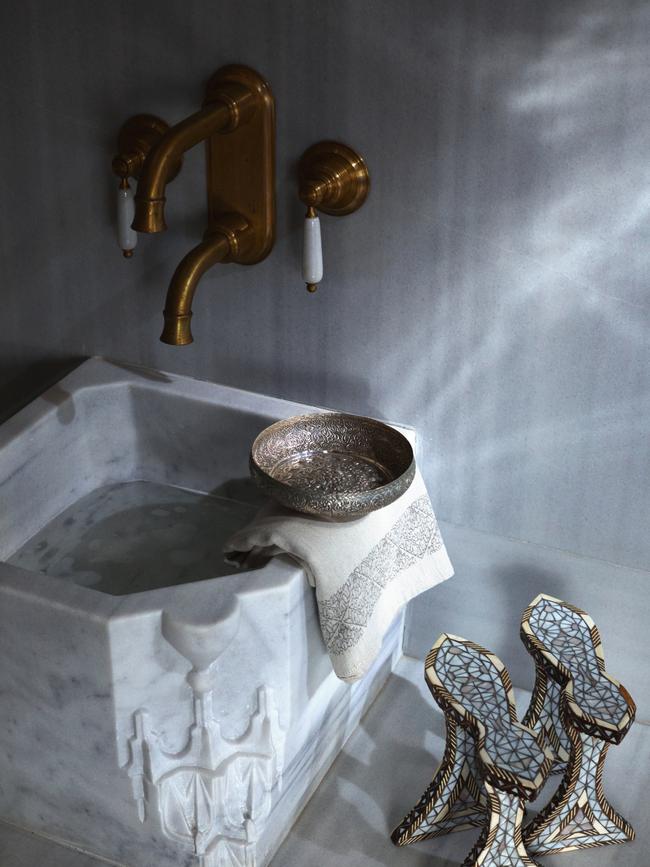
In this gem of a museum there is much else to admire, not least the historic artefacts – reliefs recycled from nearby Byzantine churches, oil lamps, coins and smoking pipes – discovered during the restoration. Accompanying displays include a collection of traditional hammam clogs, of wood and mother of pearl, and panels detailing everything from Istanbul’s remarkable system of aqueducts to the traditional role of the hammam in weddings, births, the beginning of military service and other occasions. Among the wealth of insights on offer, I’m moved to learn that access to the furnace room was traditionally granted to the homeless on bitter winter nights. A basement cistern, where the restoration works revealed the walls to be covered with delightful graffiti of Byzantine ships, has been put to work as exhibition space. A research library of hammam culture is scheduled to open at the Cinili this year.
And so to the main event. Under the glorious painted dome of the men’s reception area, with its central marble fountain and cushioned divans, I’m greeted with a glass of traditional reyhan (basil) sherbet. Wrapped in a peshtemal (hammam towel) and shod in plastic Birkenstocks, I pass through the warm room, where men were traditionally shaved, into the hot room. It’s a magnificent space, the more so because the restorers have resisted any attempt to replace the missing tiles with replicas; the few original tile scraps that survive are more impactful for it. I submit to the expert and tender care of my tellak (hammam attendant). While he scrubs, massages and rubs my feet, I’m left to utter the odd sigh of ecstasy and admire the beams of daylight that pierce the dome through star-shaped windows.
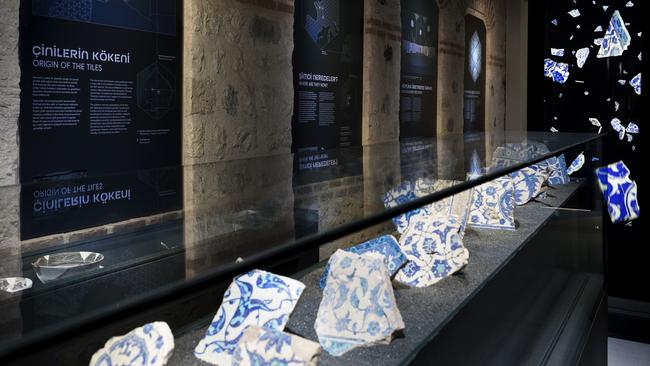
With its twin bathing areas, the Cinili is unlike many hammams, which are obliged to divide their opening hours between the sexes. It’s also worth noting that the traditional men’s area is now reserved for the use of women, either as a classy subversion or because the bulk of guests are female. To experience the most impressive part of the complex, with the best of the in situ tilework as well as striking contemporary sculpture by Istanbul artist Elif Uras, you’re therefore best off being a woman – or sneaking a peek, as this male did, should you also be lucky enough to find the women’s hammam unoccupied.
The Cinili is a joy but one that doesn’t come cheap. Treatments start at €105 ($175) and the branded range of products by British-Cypriot fashion designer Hussein Chalayan carry luxury price tags. But for the museum alone (free entry Thursdays), the Cinili is definitely worth a visit. Make a morning of it and take in what else Istanbul’s fascinating Zeyrek area has to offer – traditional timber houses, the 4th-century aqueduct of Valens, and the Byzantine Pantokrator monastery.
In the know
Cinili Hammam is in the historic Zeyrek neighbourhood of Istanbul. The 50-minute “original” hammam treatment costs €105 per adult; children aged 6-11 can bathe for €70. Open Tuesday-Sunday 8am to 10pm. Museum entry 10am-6pm.
Jeremy Seal was a guest of Cinili Hammam.
If you love to travel, sign up to our free weekly Travel + Luxury newsletterhere.



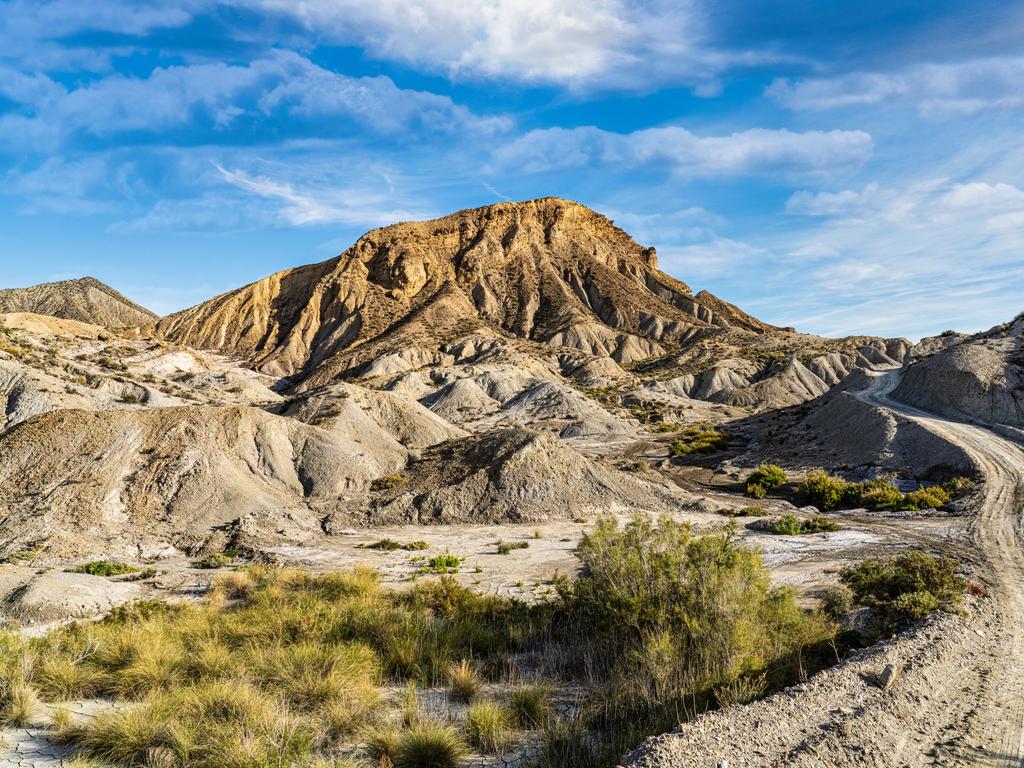
To join the conversation, please log in. Don't have an account? Register
Join the conversation, you are commenting as Logout